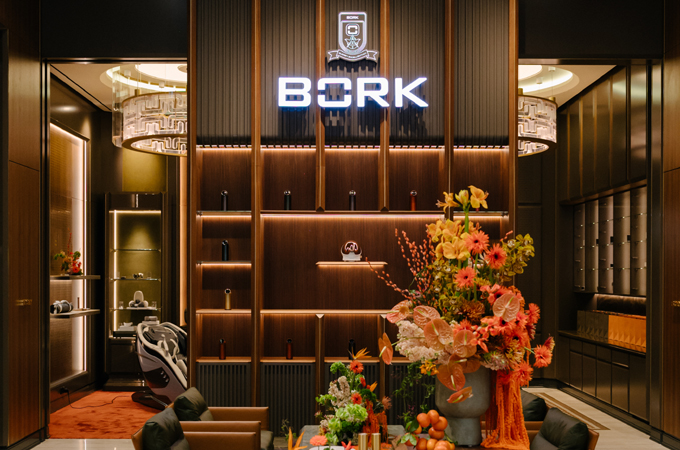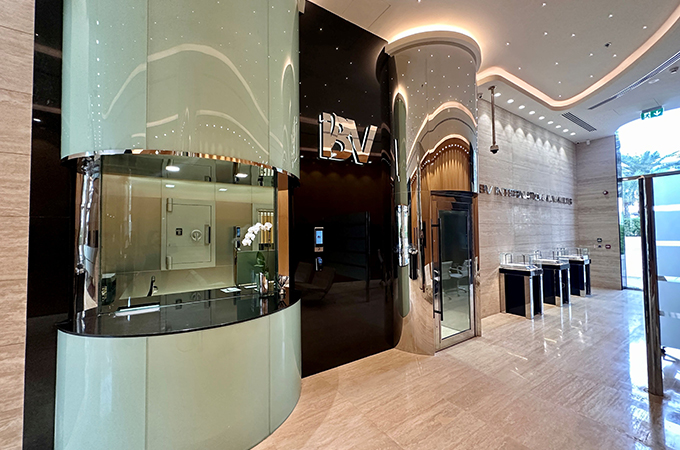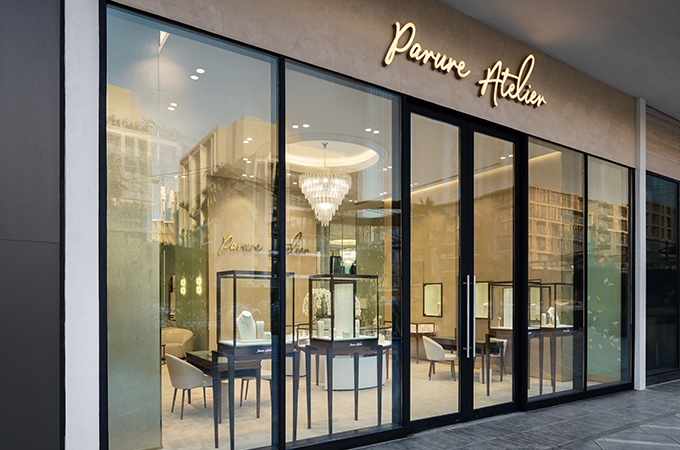Spring/Summer 2019
This much-acclaimed and coveted cheese variety is accepted by banks as a collateral as it is so precious, we are told as we tread cautiously amid the wheels of cheese at the Latteria Sociale Santo Stefano in Parma, one of the many dairies in the northern Italian region of Emilia-Romagna – the birthplace of Parmigiano.
Made with extremely precise ingredients and in an elaborate process, Parmigiano Reggiano enjoys a cult status among epicures across the world. In fact, it is impossible to duplicate Parmigiano Reggiano outside of the designated production area, producers here claim.
A wheel of Parmigiano Reggiano weighs over 40 kg and can cost more than $1,000, depending upon the age of the cheese.
During a recent tour of Parma, we were given a sneak peek into the cheese-making process – and it is nothing short of artistry.
Using just four ingredients – unpasteurised milk from cows which are fed a very strict diet of local forage consisting of herbs, whey, rennet and sea salt – the cheese is prepared laboriously in large copper cauldrons through an elaborate process that involves curd formation, breaking up of the curd, cooking it at 55 degrees Celsius and then collecting the chunk of cheese that settles at the bottom of the vessel.
This compact mass of cheese weighs about 100 kg and is carefully split into two wheels by the workers. The wheels are then transferred to moulds and wrapped in a stencil that engraves the marks of origin – Parmigiano Reggiano in a repeating pin-dot pattern, the date of production and the Denominazione di Origine Protetta (“Protected Designation of Origin”) or DOP label. The stencil is later removed and the cheese is left to dry further, before giving it a brine bath (salt water bath). Brining helps to form the cheese rind, which protects the cheese inside. It is then left to mature in large maturation rooms inside the dairy.
The wheels are left untouched for one year, after which experts from the Consortium of Parmigiano Reggiano – an association entrusted with protecting the cheese – inspect each wheel before giving them a final ‘fire-brand’ of approval.
The master grader taps the wheel with a hammer-like instrument and listens for any inconsistencies in sound. Wheels that pass the test receive the fire-brand mark, whereas wheels with minor inconsistencies are judged as second-quality cheese, which must be labelled “mezzano” (medium quality) and can’t be aged further. For wheels that don’t even make it past the mezzano bar, their rinds and stamps are scraped off completely, erasing forever any association with Parmigiano.
The average maturation period for Parmigiano Reggiano is two years, but some wheels are aged longer to develop a stronger depth of flavour and this also gives better price.
History of Parmigiano Reggiano
While cheese is usually associated with France, the question does arise as to how it became an integral part of Parma’s history. The answer to that takes us back nearly 1,000 years, to the Benedictine monks, who crafted this cheese as a way to extend the shelf-life of the large quantity of milk they were producing – a result of their agricultural and cattle-rearing activities.
During the 1300s and 1400s, these monks had a monopoly on parmesan cheese and would export it to different regions of Italy and Europe. As the cheese became more popular, so did Parma.
The beauty of Parmigiano Reggiano is that, although it is made with cow’s milk, it is gluten-free and lactose-free, making it suitable for those with certain dietary restrictions. It is also given to astronauts in space and patients of osteoporosis since it is rich in calcium.
Cheese Pairings
Cheese is wonderful on its own, but, like pairing the right beverage with the right food, good cheese needs good companions that will elevate its flavour. And nothing complements Parmigiano Reggiano like quality, old balsamic vinegar.
Making the perfect balsamic vinegar is an art that literally takes decades. Some of the best is made in the Italian city of Modena.
The Giusti family in Modena is the world’s oldest producer of balsamic vinegar – a legacy that began in the early 17th century and continues 17 generations later.
Like Parmigiano Reggiano, it takes only a few ingredients to make balsamic vinegar – grapes, sugar and patience. Patience is key because it takes a minimum of 12 years to produce one batch of good, traditional balsamic vinegar.
The vinegar is aged in wooden casks, which gives the condiment its unique flavour. The older the cask, the better. In fact, the Giusti family still uses barrels dating back to 1600s and 1700s to age balsamic vinegar.
One of its prized vinegars is 100 years old and retails for about €600 ($669.7) for 100 ml.
So the next time you’re out to pick up some parmesan for an Italian dinner night, be sure to get the ‘real deal’, not the stuff that comes pre-flaked in a plastic container.
– By Nikita Philip











.jpg)


.jpg)





